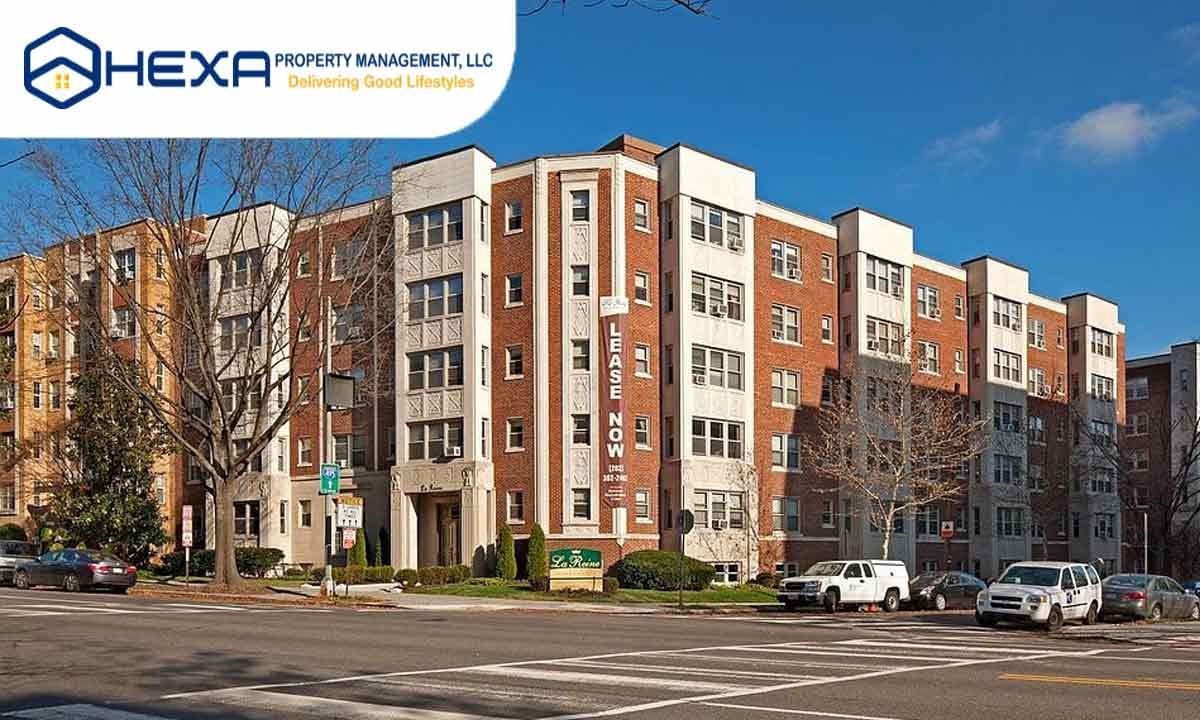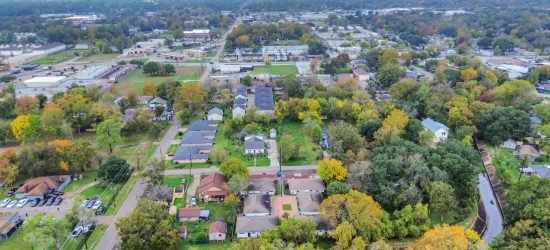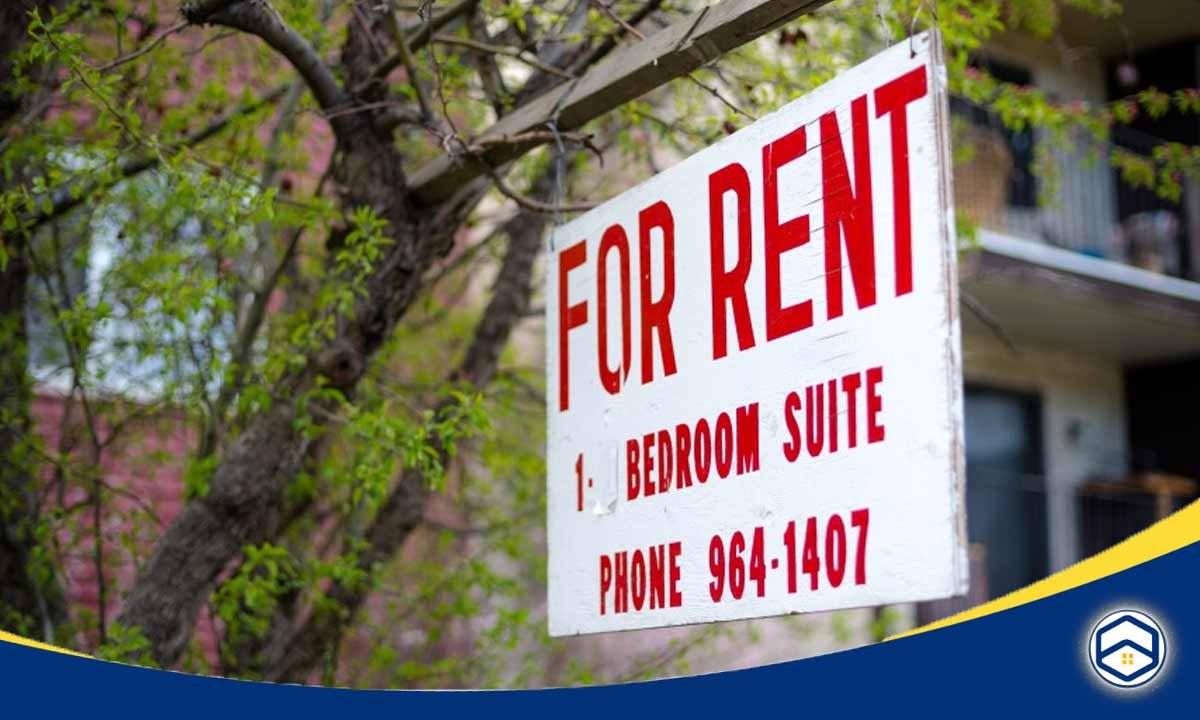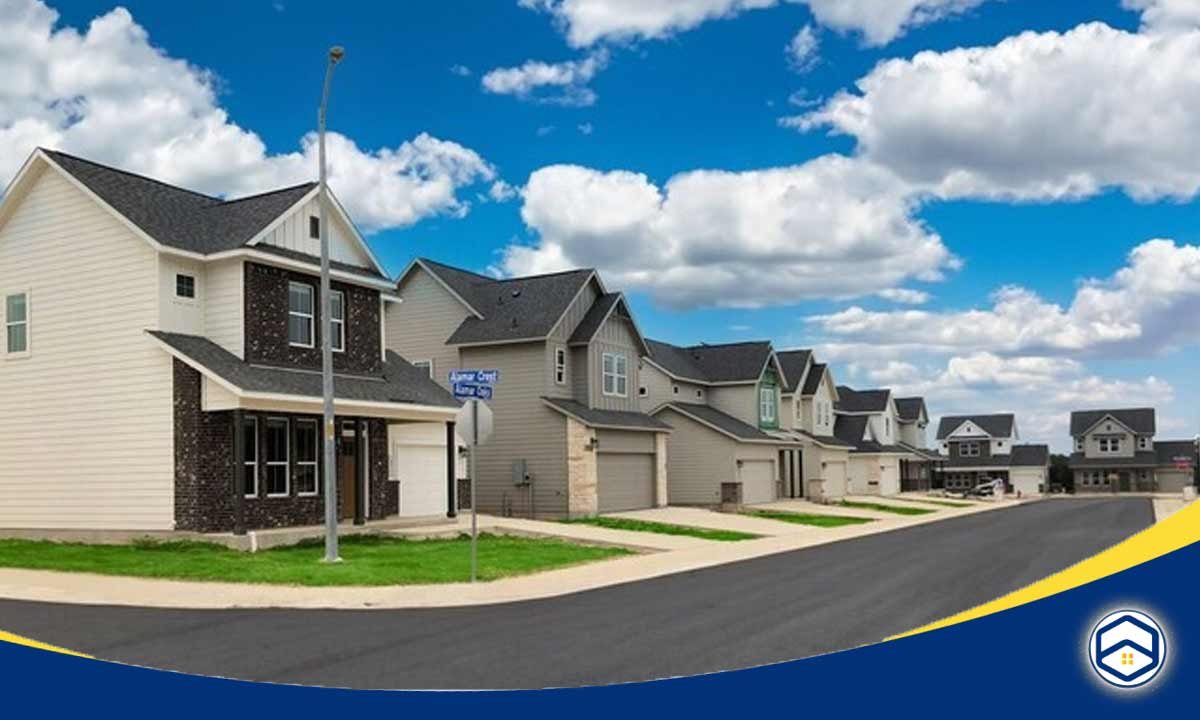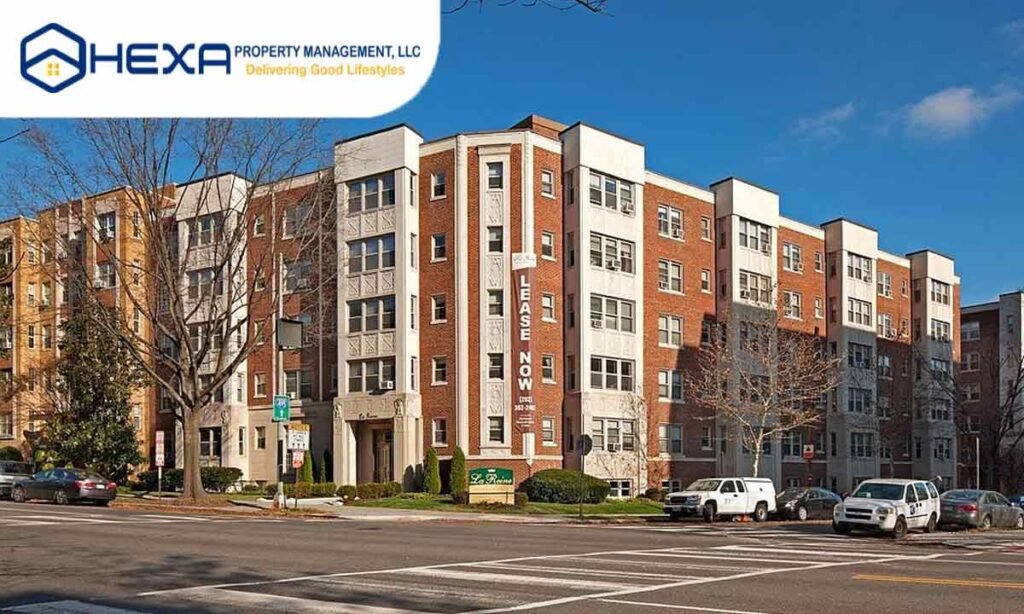Income-restricted apartments are a crucial resource for people looking for affordable housing. They’re specially set up to help individuals and families with lower incomes find stable and accessible places to live. Dating back to the Affordable Housing Act of 1937, these apartments have been a vital support during tough times, offering a way for people to afford decent homes when money’s tight.
What Are Income Restricted Apartments?
Income-restricted apartments are a lifeline for people looking for affordable housing. They’re designed to help out low-income individuals or families by offering places to live at prices that match their budgets. Some of these apartments get extra support through subsidies, keeping costs down even more.

You’ll find a mix in these places—some are completely set aside as income-restricted, while others have a combo of regular market-rent apartments and income-restricted ones. This mix helps create diverse communities where people from different income brackets live side by side.
Who meets the requirements for income-restricted apartments?
Income-restricted housing is mainly for families with pretty low incomes, as decided by the Department of Housing and Urban Development (HUD). HUD keeps tabs on how much people usually make in different cities across the US and sorts it into categories like “Low,” “Very Low,” and “Extremely Low.”
Now, who can get into these special apartments changes depending on where you are. Each city sets its income standards, so what’s considered “Low” in one place might be different elsewhere. But here’s the deal – even if your household falls into that “Low” category, there might still be places available in your area.
Are Income-restricted apartments the same as income-based apartments?
Income-restricted and income-based apartments are both in the business of providing affordable housing for people on a tight budget. They’re similar but with a few differences in how they work.
Income-restricted apartments
These spots are for people with low or middle incomes and can be owned by either authorities or private individuals. They get cash from the government and non-profits to keep things affordable. Rent prices are pegged to the local median income, making sure it stays reasonable for tenants. You’ll often find these in big apartment blocks or complexes. To qualify, all units managed by private landlords must be part of the program.
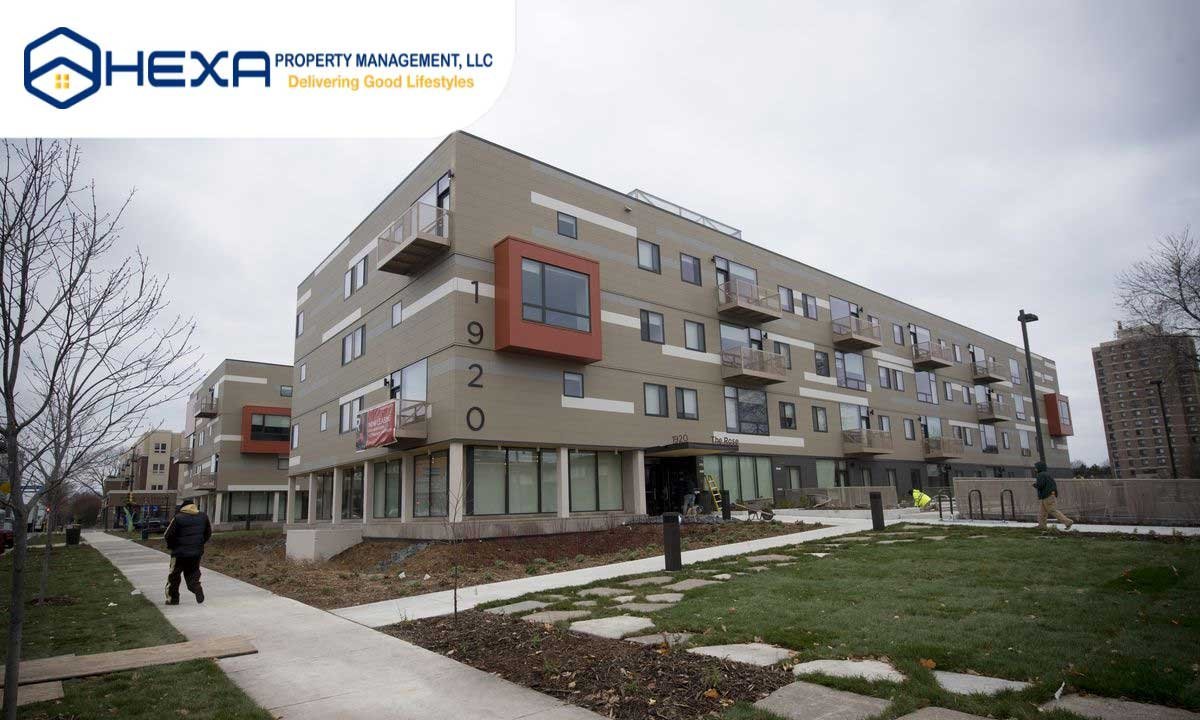
Income-based apartments
Here, individual property owners sign up and need to make changes to meet HUD standards. The rent is a big deal – it’s figured out based on what tenants make and is capped at around 30% of their income. Unlike income-restricted places, this type isn’t limited to just regular apartments, it covers various property types. Usually, a chunk of units in a complex – about 20-40% – are set aside as low-income housing. This mix gives more options to people looking for affordable homes.
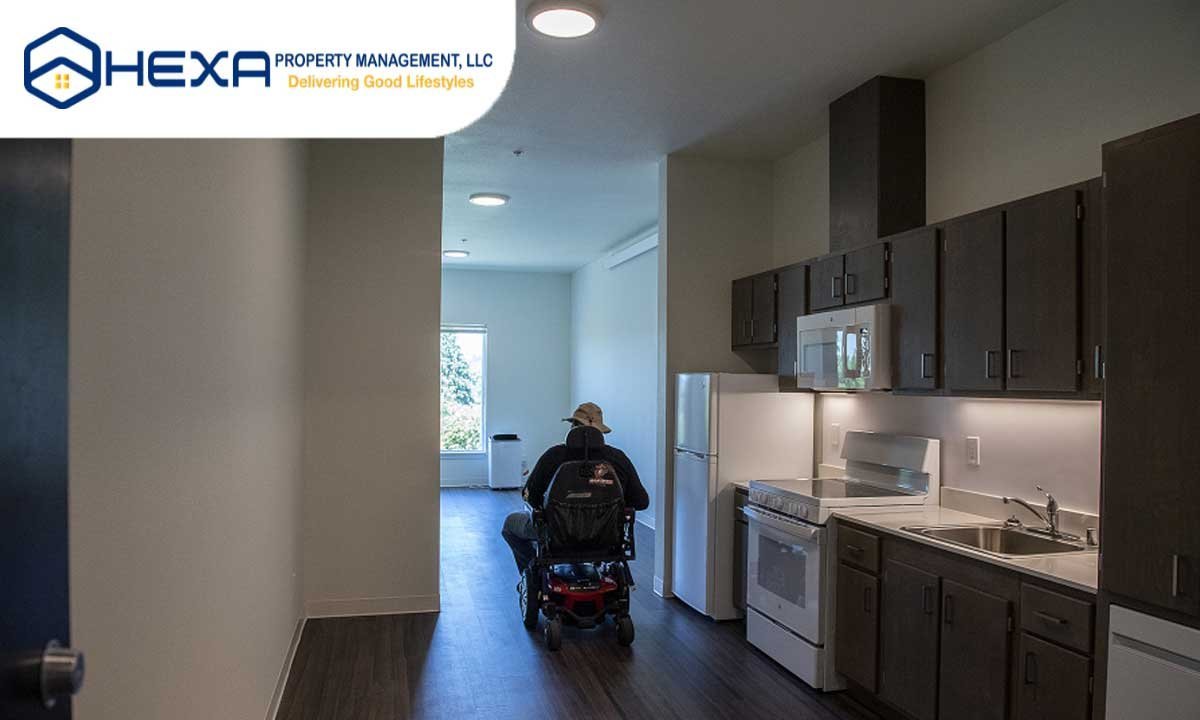
How Much Does Income Restricted Housing Cost?
In different cities, income-restricted apartments follow similar rules but adapt to local incomes. For example, in a city where the median income hits $60,000, that same $30,000 earner might snag a place for around $400 a month. It’s all about making sure that rent doesn’t eat up too much of your paycheck. These apartments create a fair balance, giving everyone a shot at living in decent, well-located homes without the worry of rent gobbling up most of their hard-earned cash.
Steps to apply for income-restricted housing
Getting into income-restricted housing takes some steps, but it’s worth it for affordable living. Here’s a detailed breakdown to guide you:
- Check eligibility criteria: Go to the HUD website. It tells you the income limits you need to meet in your area. This helps you figure out if you qualify.
- Contact local housing authority: Talk to your local housing authority (PHA). They’ve got the lowdown on rents, apartment sizes, and what’s available. This helps you understand what you can realistically get.
- Application process: Apply through the PHA for government-owned spots or contact landlords for private places. Make sure you follow the right process for each type.
- Documentation submission: Gather your paperwork – stuff like proof of income, IDs for grown-ups, and birth certificates for kids. These documents show you’re eligible and ready.
- Waiting Period: Be ready for a waitlist – it can get competitive. Being open to different apartment sizes might get you in faster. Sometimes, being flexible helps speed things up.

The history behind income-restricted apartments
The idea of affordable housing goes way back to the Great Depression when the Affordable Housing Act of 1937 came into play. This act was a game-changer, supporting the development and running of these apartments when times were tough.
In the 1950s and 60s, Congress started programs nudging landlords to offer homes that wouldn’t cost an arm and a leg. Then, in 1965, the Department of Housing and Urban Development merged a bunch of federal housing and community development stuff.
In 1974, they spruced things up with the Housing and Community Development Act. It revamped existing programs and brought in a new kid on the block – the Section 8 rental assistance program. Big move, right? Fast forward to the Tax Reform Act of 1986 – it dangled tax perks for folks diving into affordable housing projects. Nice incentive to keep those projects rolling.
Since the 1970s, the job of sorting out affordable housing shifted to local and state agencies. They’re the ones making sure people can find decent homes without busting their budget. Today, all over the country, there are loads of programs helping out low-income folks, making sure they can afford a place to call home.
FAQs
How do income-restricted apartments verify income?
Verifying your income for income-restricted apartments is usually pretty simple. Most times, showing your pay stubs is enough to prove what you earn.
Sometimes, they might just call your boss to make sure everything matches up. But if you’ve been filing your taxes regularly, it can speed things up a lot. They might take a look at your last year’s tax return to see how much you made.
This way, they can quickly check if you meet the income requirements. It’s a straightforward way for them to confirm if you qualify for income-restricted housing without making it too complicated.
What advantages come with living in an income-restricted apartment?
Living in an income-restricted apartment comes with some great advantages:
- Affordable living: Rent is tied to what you earn, keeping it reasonable. It’s a huge help for those on tight budgets.
- Community support: These places often come with cool perks like community gardens or on-site daycare, creating a supportive environment for residents.
- Stability: Affordable housing brings stability. When rent isn’t eating up all your cash, you can focus on other important things in life.
- Security measures: Many income-restricted spots prioritize safety with gated entrances and surveillance cameras, giving tenants peace of mind in a secure living environment.
What occurs if my earnings go up while living in an income-restricted apartment?
If your income shoots up while you’re in an income-restricted apartment, you won’t get kicked out right away.
- Adjustment time: You’ve got about six months to figure things out after they check your income again. There’s a hearing during this time to talk about what’s going on.
- Moving on: After this time is up and if your income is still too high, your contract ends. But hey, you’ve got a month to find a new place.
- Income changes: If your income drops again during this transition, ask for another look. The people in charge will check your situation once more.
Living in an income-restricted apartment is a game-changer for folks needing affordable homes. These places offer stable and budget-friendly living arrangements, ensuring that rent stays manageable for those with limited incomes. With added perks like community support and security measures, these apartments provide more than just a roof over your head – they offer a sense of belonging and peace of mind. Ultimately, income-restricted housing stands as a beacon of stability, making decent homes accessible to everyone, regardless of their financial situation.

